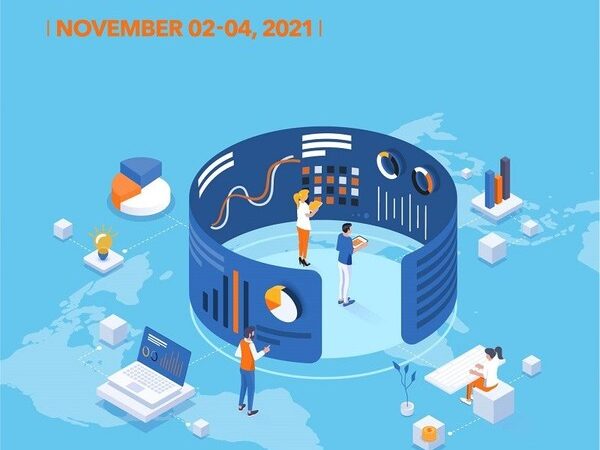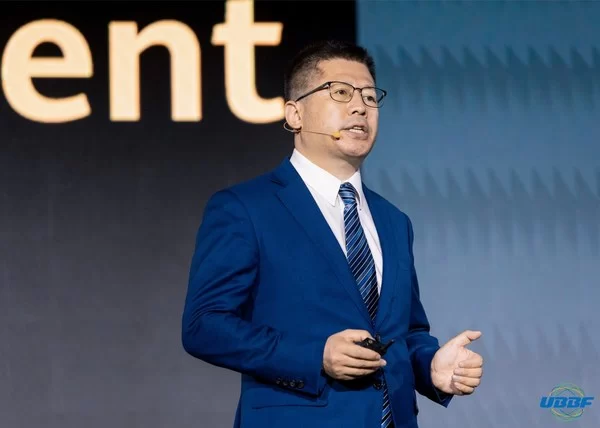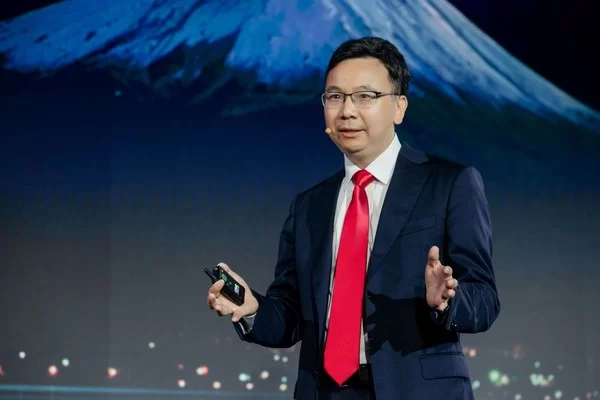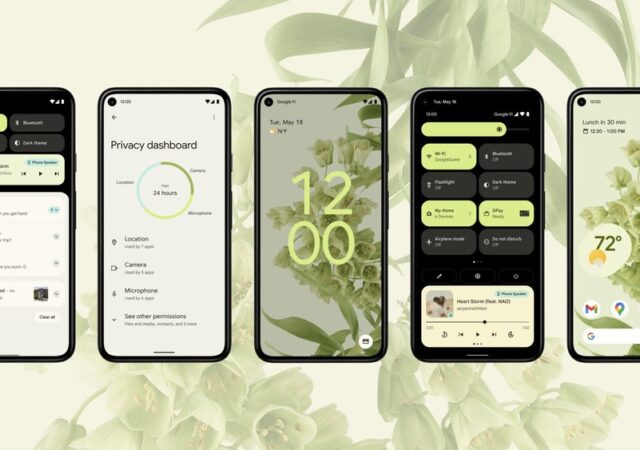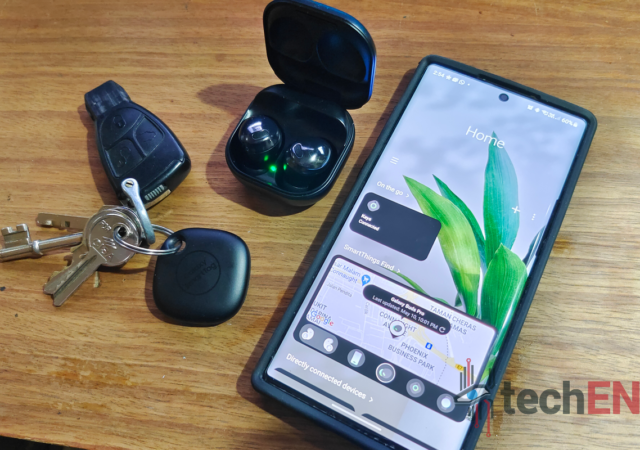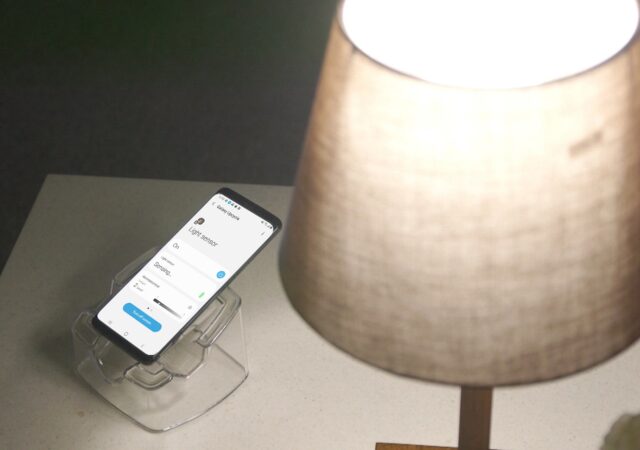SEOUL, South Korea, Oct. 30, 2021 — Korea’s National IT Industry Promotion Agency (NIPA) announced that it would hold a ‘2021 IoT KOREA ONLINE BUSINESS MEETING’ for 3 days from…
Mindtree Launches Industry-Specific IoT Solutions Built on ServiceNow Connected Operations
Solutions will help manufacturing and consumer goods enterprises to proactively solve issues and drive cross-organizational action WARREN, N.J. and BANGALORE, India, Oct. 25,…
Bill Wang from Huawei: Building an All-Optical Target Network Can Drive Continuous Business Value Growth
DUBAI, UAE, Oct. 20, 2021 — Today, the 7th Ultra-Broadband Forum (UBBF2021) is opened in Dubai. In the agenda of the first day, Bill Wang, Vice President of Huawei’s Optical Product…
Huawei’s Yang Chaobin: Innovation for 5Gigaverse Society
DUBAI, UAE, Oct. 16, 2021 — During the 12th Global Mobile Broadband Forum (MBBF) 2021, Yang Chaobin, President of Huawei Wireless Solution, delivered a keynote speech titled "Innovation for 5Gigaverse Society"….
CloudMile opens new Singapore facilities to house growing ML talent, establish regional AI hub
Taiwan’s local Representative Office participated in the opening ceremony to show support for CloudMile taking its digital transformation services across the SEA market …
NextSmartShip Releases Next-Gen AI-Powered Order Fulfillment SaaS for Global Shopify Brands
SHENZHEN, China, Oct. 11, 2021 — NextSmartShip, the leading GLOCAL order fulfillment partner for DTC (Direct-to-Consumers) brands, released its next-gen AI-powered order fulfillment SaaS (Software-as-a-Service) platform "Fulfillship". The brand-new system features…
Blue Hat Subsidiary Xunpusen to Provide SMS Channel Services for JD Cloud
XIAMEN, China, Oct. 8, 2021 — Blue Hat Interactive Entertainment Technology ("Blue Hat" or the "Company") (NASDAQ: BHAT), a leading communication services and Internet Data Center ("IDC") business provider and developer, and also an…
[Google I/O 2021] Android 12 is a Big Visual Change for You
Google I/O sees the introduction to Android 12. The latest generation of the world’s most popular OS gets a major design overhaul.
Samsung Galaxy SmartTag & SmartThings Find Review: Keeping Track & Finding Your Galaxy
Samsung’s Galaxy SmartTag and SmartThings platform are a crucial extension of the Galaxy Ecosystem. We find out if the platform is up to scratch!
Samsung’s Galaxy Upcycling Programme Turns Your Old Smartphones into an IoT device!
There is a problem with the smartphone and smart device industry today. That problem is accentuated by the accelerated growth of the industry as well. It is not just a localised problem, mind you. That problem is electronic waste. Technically,…



